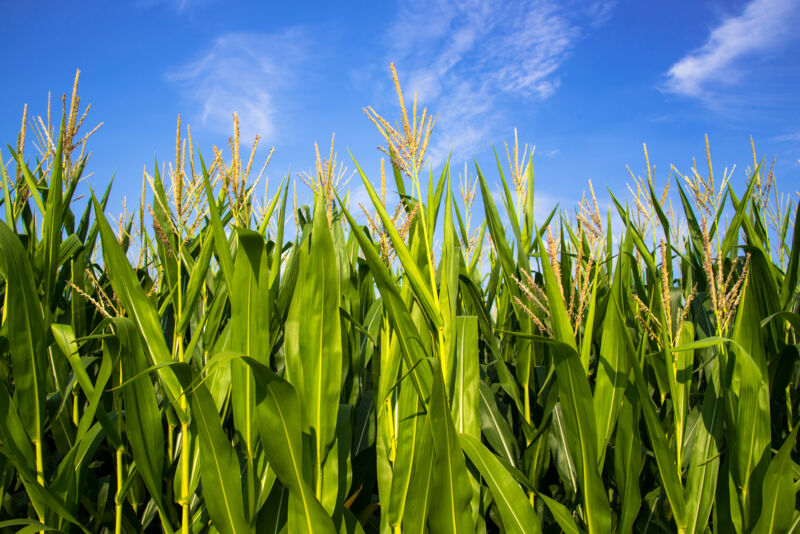
Tyler Lark, a geographer at the University of Wisconsin-Madison, grew up among farms, working on a neighbor’s dairy, vaguely aware of the tension between clearing land to grow food and preserving nature. As an engineering student working on water projects in Haiti, he saw an extreme version of that conflict: forests cleared for firewood or to grow crops, producing soil erosion, environmental denudation and worsening poverty. “I think it was that experience that told me, ‘Hey, land use is important,’” he says.
He decided to study how farmers transform landscapes through their collective decisions to plow up grasslands, clear trees or drain wetlands—decisions that lie at the heart of some of the planet’s greatest environmental challenges, and also provoke controversy. Lark carries professional scars from recently stumbling into one of the fiercest of these fights: the debate over growing crops that are used to make fuel for cars and trucks.
About 15 years ago, government incentives helped to launch a biofuel boom in the United States. Ethanol factories now consume about 130 million metric tons of corn every year. It’s about a third of the country’s total corn harvest, and growing that corn requires more than 100,000 square kilometers of land. In addition, more than 4 million metric tons of soybean oil is turned into diesel fuel annually, and that number is growing fast.
Scientists have long warned that biofuel production on this scale involves costs: It claims land that otherwise could grow food or, alternatively, grass and trees that capture carbon from the air and provide a home for birds and other wildlife. But government agencies, relying on the results of economic models, concluded that those costs would be modest, and that replacing gasoline with ethanol or biodiesel would help to meet greenhouse gas reduction goals.
Lark and a group of colleagues recently jolted this debate back to life. In a February 2022 study, they concluded that the law that unleashed the ethanol boom persuaded farmers to plant corn on millions of acres of land that would otherwise have remained grassland. Environmentalists had long feared that biofuel production could lead to deforestation abroad; this paper showed a similar phenomenon happening within the United States.
That land conversion, the scientists concluded, would have released large amounts of carbon dioxide and other greenhouse gases into the air and makes ethanol fuel every bit as bad for the climate as the gasoline it’s intended to replace.
Farmers and biofuel trade groups lashed out against these findings—and against Lark himself. A biofuel industry association demanded that he and one of his coauthors be blackballed from a government expert review panel on renewable fuels.
The dispute came at a moment when world events laid bare the trade-offs of biofuels. Less than two weeks after Lark’s paper appeared, Russia invaded Ukraine, provoking a spike in prices for both food and fuel—which already had been scarce and expensive because of the pandemic. Biofuel supporters have called for incentives to blend more ethanol into gasoline in order to bring down gasoline prices. Anti-hunger advocates are demanding less biofuel production, in order to free up land to grow more food. And natural ecosystems continue to disappear.









